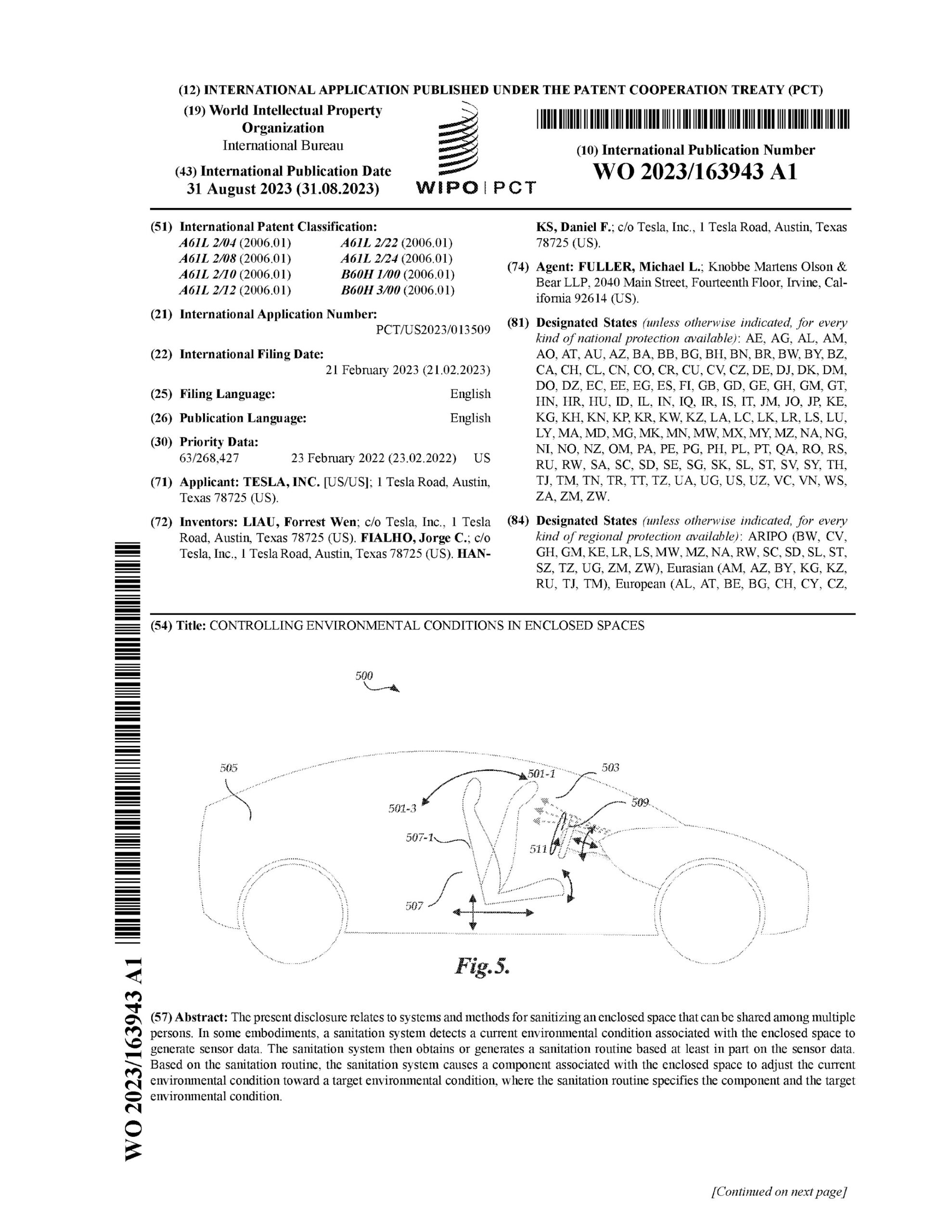Sign up for daily news updates from CleanTechnica on email. Or follow us on Google News!
Imagine this: you’re driving your car after a hard day at work. You’re tired, you’re easily distracted, and then your significant other calls to let you know that there’s one more chore to do in town before you go home. As you reach for the touchscreen to hang up the call, traffic suddenly changes in front of you and you fail to notice, and your car slams into this work of automotive “art”:
Rolls-Royce fully covered in diamonds pic.twitter.com/jMGQU6DBkz
— 𝑾𝒐𝒓𝒍𝒅𝑾𝒊𝒅𝒆𝑪𝒂𝒓𝒔™ (@WorldWideCarsTM) July 8, 2024
I have no idea what it would cost to repair this jackass mobile (assuming the diamonds are even real), but it likely would exceed all readers’ insurance limits. For those unaware, all car insurance liability policies have limits of what they’ll cover, leaving you personally liable for everything that exceeds them. Your only options at that point are to pay up, let them garnish wages, let them take your house, or declare bankruptcy (if that’s even possible).
Only fools pay for state minimum-required insurance, as even fender benders can often exceed those limits. For example, California only requires $30,000 for injuries/deaths caused by an accident you’re found at fault for, and only requires $5,000 for property damage! This number hasn’t changed since the 1960s, but starting next year, the minimums will be raised to $60,000 for death/injury and $15,000 for property damage, but those are still very small numbers when the average new car goes for more than double the property damage limit.
The minimum varies by state, of course, but most people pay more for higher limits to actually cover what realistically might occur. However, almost nobody pays enough for insurance to even cover a fender bender with a diamond-encrusted car, let alone totaling the ridiculous piece of rolling conspicuous consumption.
I realize that this is an extreme example, but there are many other vehicles that either exceed common insurance limits or cost a lot more to repair than you might think. Even something as reasonable as a Tesla Model S or a higher-spec Model 3 can cost tens of thousands to repair without getting totaled out. As automotive technology has evolved to sacrifice the vehicle in favor of protecting the occupants (via things like crumple zones), the cost of repair has only gone up.
If you carry state minimums, this could cause serious financial problems should you be at fault. Even if you carry enough insurance to cover a serious accident with a more common expensive car, you’re going to eventually pay for these rising costs of repair in the form of rising premiums.
My main point here is this: the rising cost of cars and the rising costs of repairs is something that hurts everyone’s wallet, no matter what level of insurance we pay for. This has hit EV drivers particularly hard, as premiums for some models have skyrocketed.
One Possible Way Out Of This Conundrum
It seems obvious that minimum insurance needs to be higher in many states and likely needs to be indexed to inflation to avoid the problem California is in the process of fixing. But, that alone doesn’t fix the issue of rising repair costs and luxury vehicles that far exceed the average cost of a new vehicle. To address those problems, it might be a good idea to completely rethink liability insurance laws.
One possible way forward comes from a 2016 article at Tech Talk Translated. In the article, Lauren Harriman, a law school professor, explains that other areas of liability law include considerations for “Assumption of Risk.” The idea is that when someone takes an unusual risk, others cannot be fully liable when something goes wrong. The article gives the example of someone walking out in inclement weather and getting injured after slipping and falling. Sure, the slip may have been partially caused by a property owner’s negligence, but the fact that they did something unusual to bring about the accident at least partially contributed to the damage they suffered.
She admits that extending Assumption of Risk from dangerous activities to driving a luxury vehicle is a stretch, but that is only under current law, and law can change.
To fix the rising insurance cost dilemma and make for more equitable liability, it might make more sense to set some maximum limits on automotive damage liability. This should be set relatively high for accidents in which a vehicle gets totaled to cover around the 85th percentile of car values, or be set at some multiple of minimum required coverage. For accidents that don’t total the vehicle, limits should be set at a similar percentile of the average repair cost for a comparable accident. For example, if it costs $5,000 to repair a fender bender for a Model 3 or Toyota Corolla, nobody should be expected to be liable for an $80,000 repair for a Lamborghini that suffered similar damage.
This would have two positive effects on insurance rates.
For one, it would shift liability for unusually expensive-to-repair vehicles back to the owner who knowingly drove an obscenely expensive vehicle knowing that most people can’t afford to repair the damned thing. The drivers of such vehicles usually purchase coverage that would pay for that damage regardless of the liable party’s ability to pay already, so this wouldn’t cost them that much. It would just protect people from having to go bankrupt and/or lose their homes when the insurance company goes to recover costs.
The other benefit of such a limit policy is that it would encourage automotive manufacturers to make vehicles more repairable. Fewer people would want to buy a vehicle that frequently exceeds the liability limit because insurers would raise the cost of coverage for those models. So, manufacturers would be incentivized to make vehicles easier to repair affordably instead of shifting that cost onto society via skyrocketing insurance premiums.
Of course, the devil is always in the details on this kind of debate. What amount would make for a reasonable maximum liability would be endlessly debated, both when crafting such a law and when the law comes up after accidents. There may be better ideas for setting the limits than I’ve come up with here (multiples of minimums or percentiles). How would you set such limits?
Featured image by IIHS.
Have a tip for CleanTechnica? Want to advertise? Want to suggest a guest for our CleanTech Talk podcast? Contact us here.
Latest CleanTechnica.TV Videos
CleanTechnica uses affiliate links. See our policy here.
CleanTechnica’s Comment Policy





